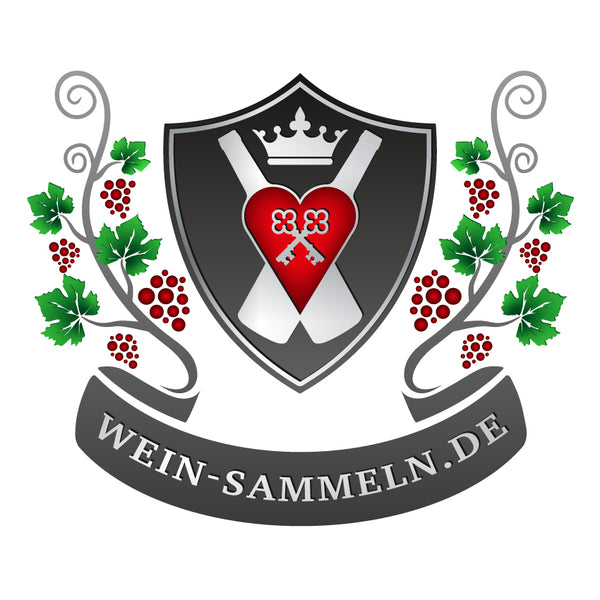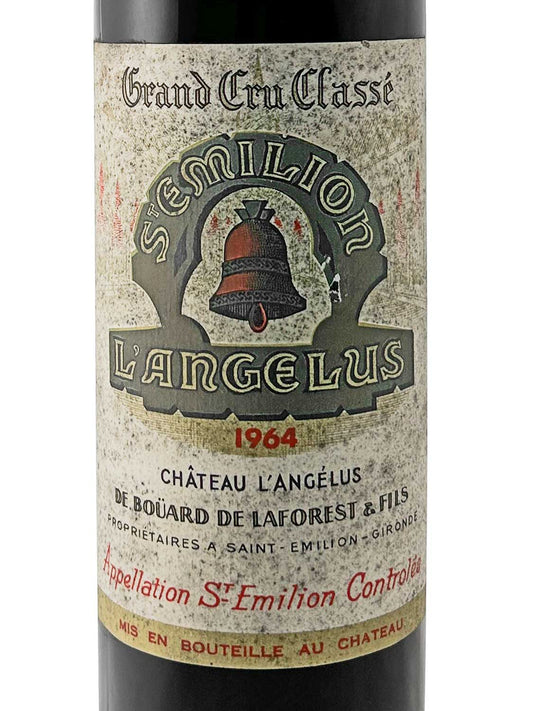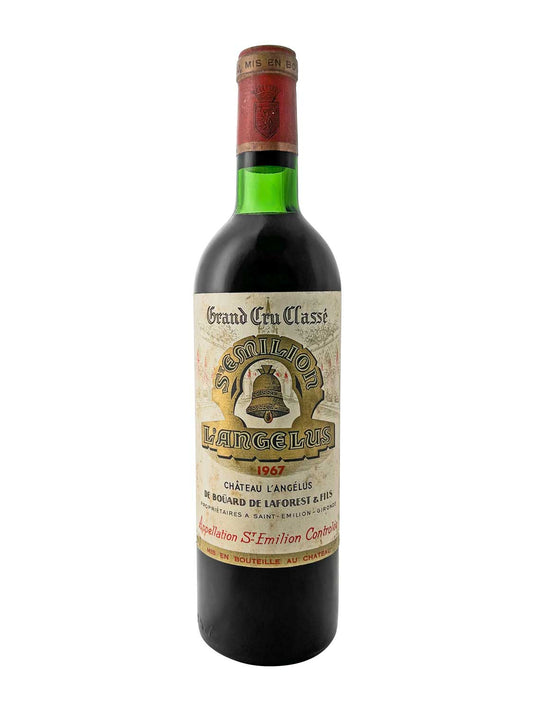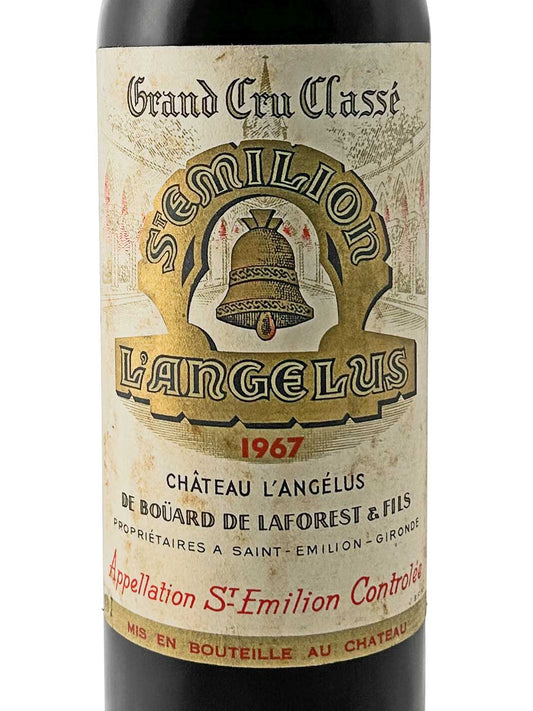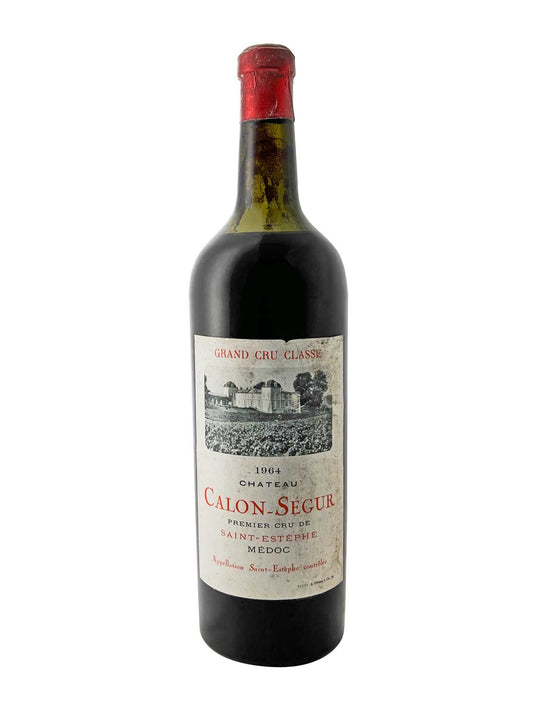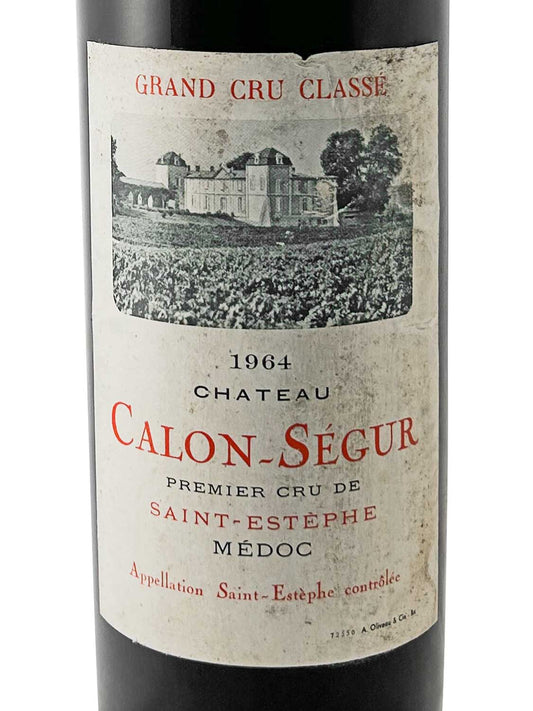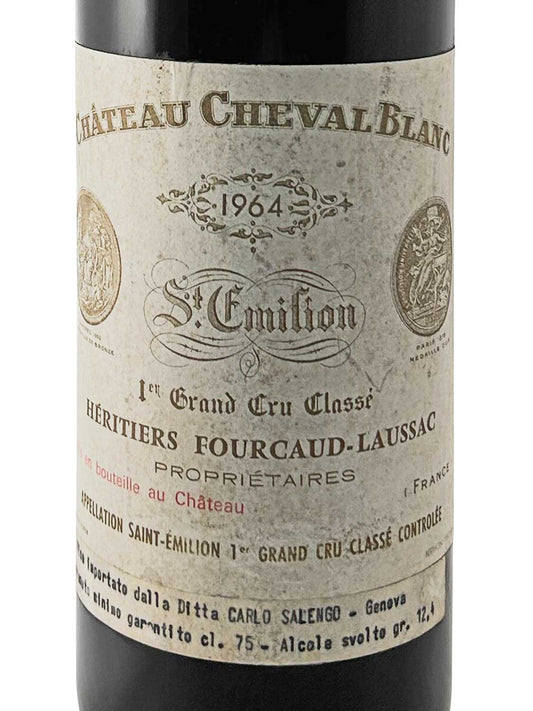
What quality levels are there for wine?
A guide to how wines are classified and what it means for wine selection
When choosing a wine, understanding the different quality levels can often be overwhelming. In this blog post, we'll explore the different quality levels of wine, what they mean, and how they affect the quality of wine. Whether you're an experienced wine collector or a newbie, this guide will help you select the best wines for your collection.
What are quality levels for wine?
Wine quality levels refer to the classification and evaluation of wines based on various factors such as growing region, grape variety, production method, and aging. These levels help consumers assess the quality of a wine and make informed purchasing decisions. Many wine regions have specific regulations and standards that determine which designations may be used.
The different quality levels and their meaning
Table wine (Vin de Table)
Table wines are the simplest form of wine and generally have no specific designation of origin. They can be made from a variety of grapes and often offer good value for money. Table wines are ideal for everyday consumption or for informal occasions.
Country wine (Vin de Pays)
Land wines originate from specific regions, but not from strictly regulated appellations. They offer better quality than table wines and are characterized by the characteristic flavors of their region of origin. Land wines are often a good choice for those who want to discover regional specialties.
Quality wine from specific growing regions (QbA)
In Germany, for example, QbA wine refers to a wine that comes from a specific growing region and is subject to strict quality requirements. These wines must be made from approved grape varieties and have a minimum sugar content. QbA wines offer higher quality than Landwein (regional wines) and often have a more complex flavor.
quality wine

Prädikat wines are a special category within German wine law and encompass various quality levels such as Kabinett, Spätlese, Auslese, Beerenauslese, and Trockenbeerenauslese. These wines are characterized by their sugar content at the time of harvest:
Kabinett: Light wines with low alcohol content.
Late harvest: Fuller flavors due to later harvest.
Auslese: High-quality grapes with intense flavors.
Beerenauslese: Sweet dessert wines made from noble rot grapes.
Trockenbeerenauslese: Extremely sweet wines with intense aroma.
The most important wine quality levels in Europe
Germany: The Prädikatswein system
In Germany, the quality of wine is primarily determined by the Prädikatswein system. This system is based on the sugar content of the grapes at harvest and other factors:
Table wine: The simplest category, which includes wines without a specific designation of origin.
Country wine: These wines come from specific growing regions and are of higher quality than table wines.
Quality wine: These wines must come from a defined growing region and meet certain quality standards.
Prädikatswein (predicate wine): These are high-quality wines with various subcategories such as Kabinett, Spätlese, Auslese, Beerenauslese, and Trockenbeerenauslese. These categories are based on the sugar content of the grapes and reflect the ripeness and concentration of the wine.
VdP (Association of German Prädikat Wine Estates): This organization stands for the highest quality in German viticulture and includes only selected wineries that meet strict criteria.
France: AOC system

France has a complex system for classifying its wines, known as the Appellation d'Origine Contrôlée (AOC). This system establishes strict rules for growing regions and takes into account factors such as terroir, grape varieties, and production methods. The main quality levels are:
Vin de France: The simplest category for wines without a geographical designation of origin.
IGP (Protected Geographical Indication): These wines come from specific regions and must meet certain standards.
AOC: The highest quality level in France. AOC wines must follow strict regulations regarding both cultivation and vinification.
Within the AOC system there are further subdivisions such as Cru Classé or Premier Cru for particularly outstanding wineries.
Also read: What does appellation mean in wine?

Italy: DOC and DOCG system
Italy uses a similar system to France to classify its wines, based on the terms Denominazione di Origine Controllata (DOC) and Denominazione di Origine Controllata e Garantita (DOCG):
Vino da Tavola: These are simple table wines without a specific designation of origin.
IGT (Indicazione Geografica Tipica): This category includes wines with a regional designation of origin.
DOC: These wines must follow strict regulations and come from defined growing areas.
DOCG: The highest quality level in Italy, which places additional demands on production and offers guaranteed quality.
DOCG wines are often marked with a special ribbon that confirms their authenticity.

Spain: DO and DOCa system
In Spain, the quality of wine is classified by the Denominación de Origen (DO) system:
Vino de Mesa: These are simple table wines without a specific designation of origin.
Vino de la Tierra: A regional designation for wines with a specific geographical origin.
DO (Denominación de Origen): These wines must follow strict regulations and come from specified growing areas.
DOCa (Denominación de Origen Calificada): This is the highest quality level in Spain, reserved for only a few regions such as Rioja or Priorat.
DOCa wines are subject to particularly strict controls regarding their production and quality.
Influence of quality levels on taste and aging potential

Quality levels have a direct impact on a wine's taste. Higher-quality wines often undergo more careful production processes, including selective harvesting practices, longer aging in oak barrels, and stricter controls throughout the production process.
A high-quality wine typically has more complex flavor profiles with a balanced structure of acidity, tannins, and fruit flavors. In contrast, simpler table or country wines may have less depth of flavor. Such wines are not suitable for a wine collection.
The importance of the grape variety
The grape variety plays a crucial role in determining the quality of a wine. Some grape varieties are known for their superior quality and have proven themselves in specific regions. For example, Cabernet Sauvignon is considered one of the finest red wine varieties in the world, while Chardonnay is often used for high-quality white wines.
The choice of grape variety influences not only the taste of the wine, but also its aging potential and price. High-quality grape varieties are often produced in limited quantities, which increases their value.
Influence of terroir on wine quality
Another important factor in wine quality is terroir—a term that describes the interplay of soil composition, climate, and geographical location. Terroir has a significant influence on the character of a wine:
Also read: What does the term terroir mean in wine?
Soil: Different soil types offer different nutrients and water holding capacities, which directly affect grape growth.
Climate: The climate of a region influences the ripening of the grapes; warmer weather often leads to higher sugar levels.
Location: Exposure to sun and wind can also be crucial; locations with optimal sunlight often produce higher-quality grapes.
The role of cultivation practices
The way grapes are grown has a direct impact on the quality of the final product. Organic or biodynamic farming can help produce healthier grapes and thus higher-quality wines.

Winemakers use various techniques, such as selective harvesting or reduced yields per hectare, to ensure only the best grapes are used in their blends. These practices can significantly impact the flavor and complexity of the wine.
Price ranges of wines
A wine's price range is often an indicator of its quality—but not always! Here are some general categories:
Entry-level wines: These are usually in the lower price segment and offer a good introduction to different styles without a large investment.
Mid-range wines: These wines typically cost between 10 and 30 euros per bottle and often offer good value for money as well as interesting flavor profiles.
Premium wines: In the price range of 30 to 100 euros you will find many high-quality cuvées or single-varietal wines with complex aromas and good aging potential.
Luxury wines: For over 100 euros per bottle, you can find exclusive wines from renowned vineyards or famous winemakers – these are often available in limited quantities.
Tips for choosing high-quality wines

If you are looking for high-quality wines, you should consider a few tips:
Also read: Which are the best wines from Bordeaux?
Find out about designations of origin: Look for AOC, DOC or QbA labels; these give you an indication of the quality of the product.
Try different vintages: The vintage can have a big impact on aging potential and flavor; try different vintages of the same wine!
Ask for recommendations: Talk to specialist retailers or sommeliers – they can give you valuable tips!
Use online resources: Websites like Wine Spectator or wine critics like James Suckling offer reviews and information about different wines.
Visit wine fairs: Take advantage of tastings at wine fairs like Pro Wein in Düsseldorf; this is a great way to discover new favorites and network with professionals!
Conclusion
Wine collectors should familiarize themselves with the different quality levels of wines to make informed decisions. From European origins to modern farming techniques, there are many factors to consider—from terroir to grape variety to cultivation practices.
Whether you are looking for a simple table wine or a luxurious vintage wine, understanding these quality levels will help you expand your wine collection.
We hope that this comprehensive guide to wines and quality levels has provided you with valuable information.
